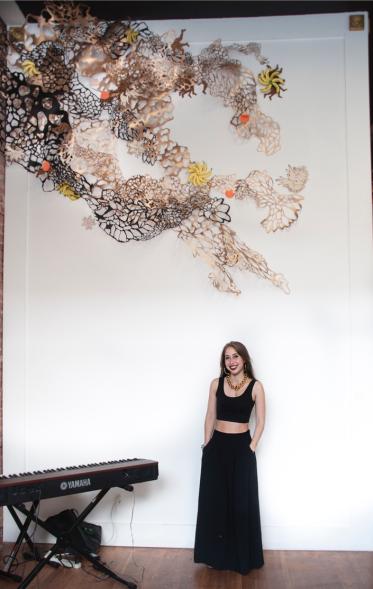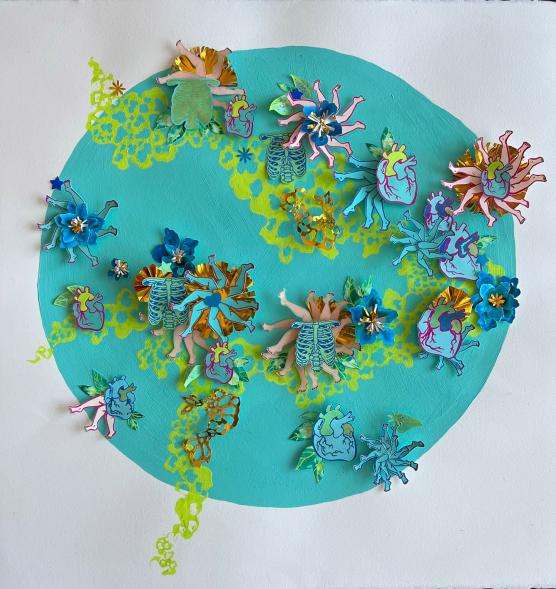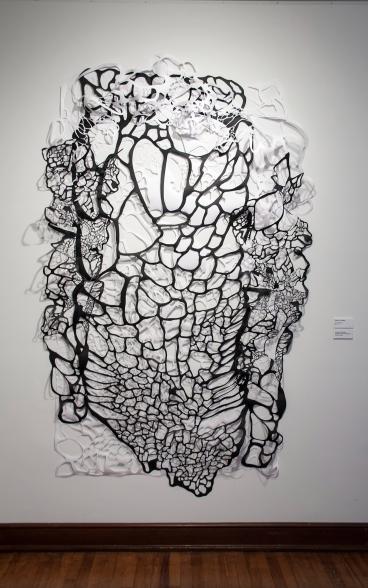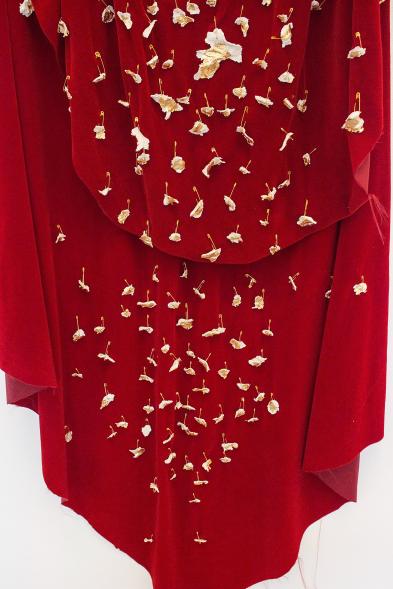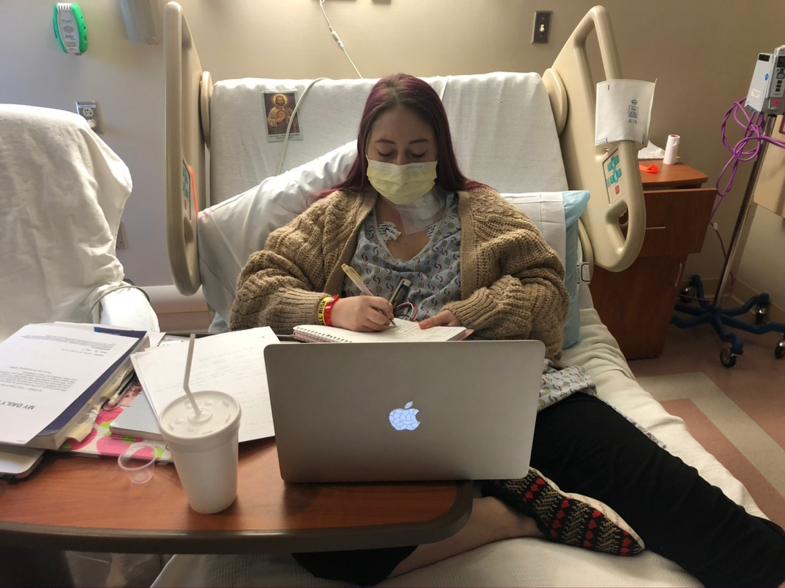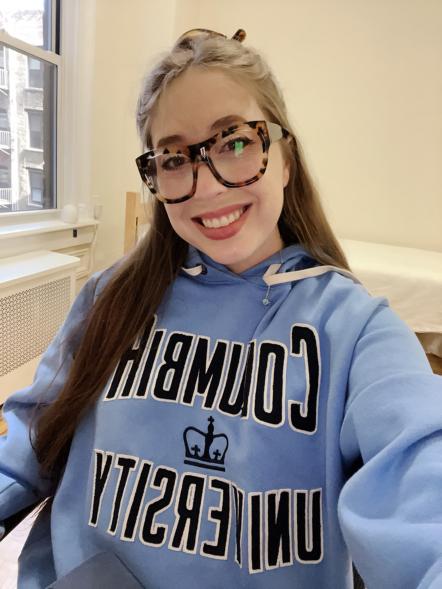I’ve had two heart transplants — now I’m becoming a doctor
Becoming a doctor takes years of intensive studying, late nights and dedication. For Gianna Paniagua, it’s taken all that — plus two heart transplants.
At 31 years old, Paniagua is one of the longest living infant heart transplant recipients in the country — and now, against all odds, she’s enrolled in Columbia University’s Postbac Premed Program, where she will get the credits she needs to apply to medical school next year.
“I go for what I want at this particular moment,” Paniagua told The Post of her unlikely journey to get to this point. “Fear comes from the feeling that something is lacking and I don’t feel like anything is lacking.”
Paniagua, who was born on the Upper East Side, was diagnosed with hypertrophic cardiomyopathy — a disease in which the heart muscle becomes thickened, making it harder to pump blood — when she was an infant. She received her first heart transplant in 1992 at New York-Presbyterian Morgan Stanley Children’s Hospital when she was just 14 months old. Despite being No. 1 on the transplant list, Paniagua had to wait three months before being matched with a donor.
Going to the doctor’s office soon became routine for the creative child, who didn’t feel like she missed out on much growing up and dreamed of becoming a doctor.
“There was no before. This was just my life,” said Paniagua. “It’s not something I’m sorry about. It just exists.”
It wasn’t until she enrolled in college that she realized she was different.
She began her freshman year at the University of Pittsburgh enrolling in pre-med and fine art classes. But her classmates failed to grasp her inability to party and her medical team convinced her to unenroll from her pre-med studies because she didn’t have the “stamina” for the notoriously grueling coursework.
She dropped her pre-med major her sophomore year but continued to take science and biology classes. And she used her classmates’ failure to understand her heart disease as her inspiration to begin telling her story through her artwork.
“I thought that I couldn’t be a doctor and art was another way to get into the medical world,” said Paniagua, who creates paper-cutting installations and sculptures. “Patients could see it and connect with it and able-bodied people could learn about it.”
After graduating from college, Paniagua began experiencing chronic pain and her health began to deteriorate. Doctors eventually discovered that she had cancer — a “mild” case of the post-transplant lymphoma known as PTLD — and would need to undergo a round of chemotherapy.
It was then she decided to go for her dreams and apply to Columbia, which she did at the same time she began treatment.
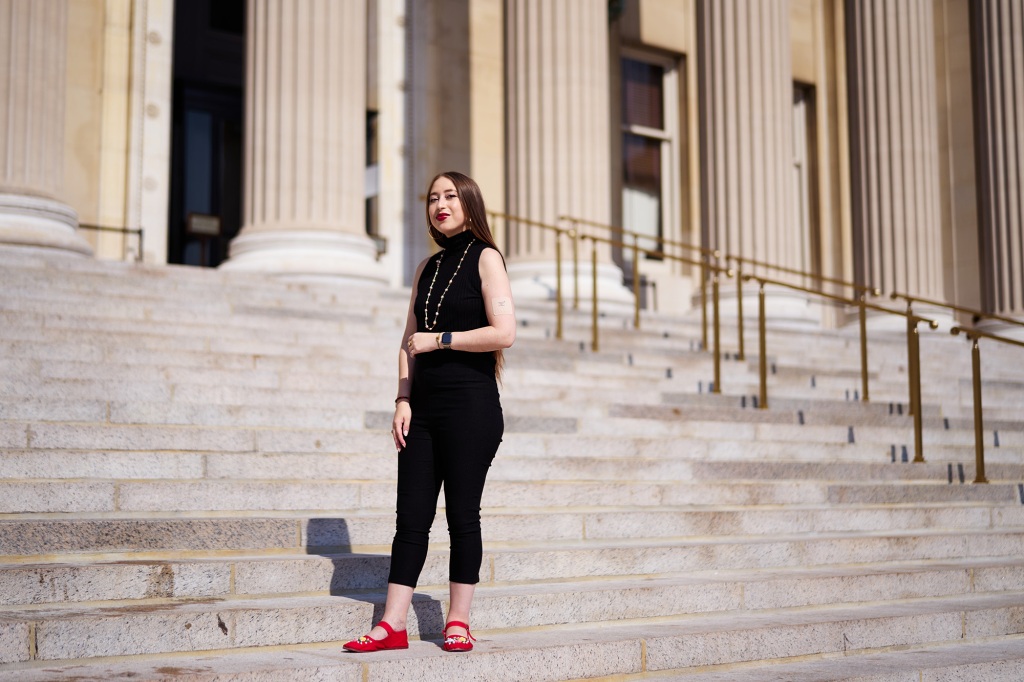
While recovering, sick and sprawled out on the hospital bathroom floor, Paniagua opened her email to see that she had been accepted.
“It was really fantastic and strange and kinda surreal,” she said of opening her acceptance email. “I was finally doing what I’ve wanted to do since I was 3 years old.”
In July 2019, she was cleared to leave the hospital and moved into her dorm in August. But she grew increasingly ill during the COVID-19 pandemic and moved back in with her mother in Pittsburgh. Walking left her out of breath and she experienced heart palpitations, extreme fluid retention, nausea, headaches and, eventually, seizures.
“It felt like I was dying,” she said.
Unfortunately, she was right.
She was told she would need a second heart transplant, which is common for infant heart transplant patients, but Paniagua needed hers immediately. Without it, she would only have four months to live.
On top of her physical symptoms, Paniagua also began struggling with the “emotional toll of accepting that you might not wake up tomorrow.”
Getting approved for a heart transplant is no easy feat. Not only did Paniagua have to get connected with the correct donor, hospital program and surgical team, but she also had to convince doctors that she wanted to live.
“One of the questions was: ‘Why do you deserve to live?’ I don’t think anything prepares you to have two doctors staring you down and having to basically fight for your life with verbal persuasion,” she said. “The emotional pressure was horrifying.”
Being one of the longest living infant heart transplant recipients in the country made her a high-risk patient due the large amounts of scar tissue caused by her many biopsies over the years.
“It was kind of a kick in the gut. Like you weren’t even given a chance,” she said.
Luckily, Dr. Mary Keebler, who had previously been at Vanderbilt University, was on her University of Pittsburgh Medical Center transplant team and enrolled her in a program there within a few weeks.
In February of 2021, Paniagua successfully received her second heart transplant at Vanderbilt, which enabled her to continue her pre-med studies.
Still, her recovery was no easy feat. Paniagua remembers being in the worst pain of her life — not being able to move her body even a centimeter and needing to be on a ketamine drip just to make it to the bathroom.

Today, as a lifelong patient, she believes she can bring a unique perspective to medical school and help others like her.
“It’s probably the best thing that happened to me,” she said. “You’re born with the personality that you have. You’re born with the talents that you have. And the ones I was born with go really well with trying to help to advance transplantation.”
She even recently began a transplant support group in New York City.
“One million people have gone through this with you,” she said, referring to the US completing its one-millionth organ transplant this month. “You get to be one out of one million.”
Read the full article Here


